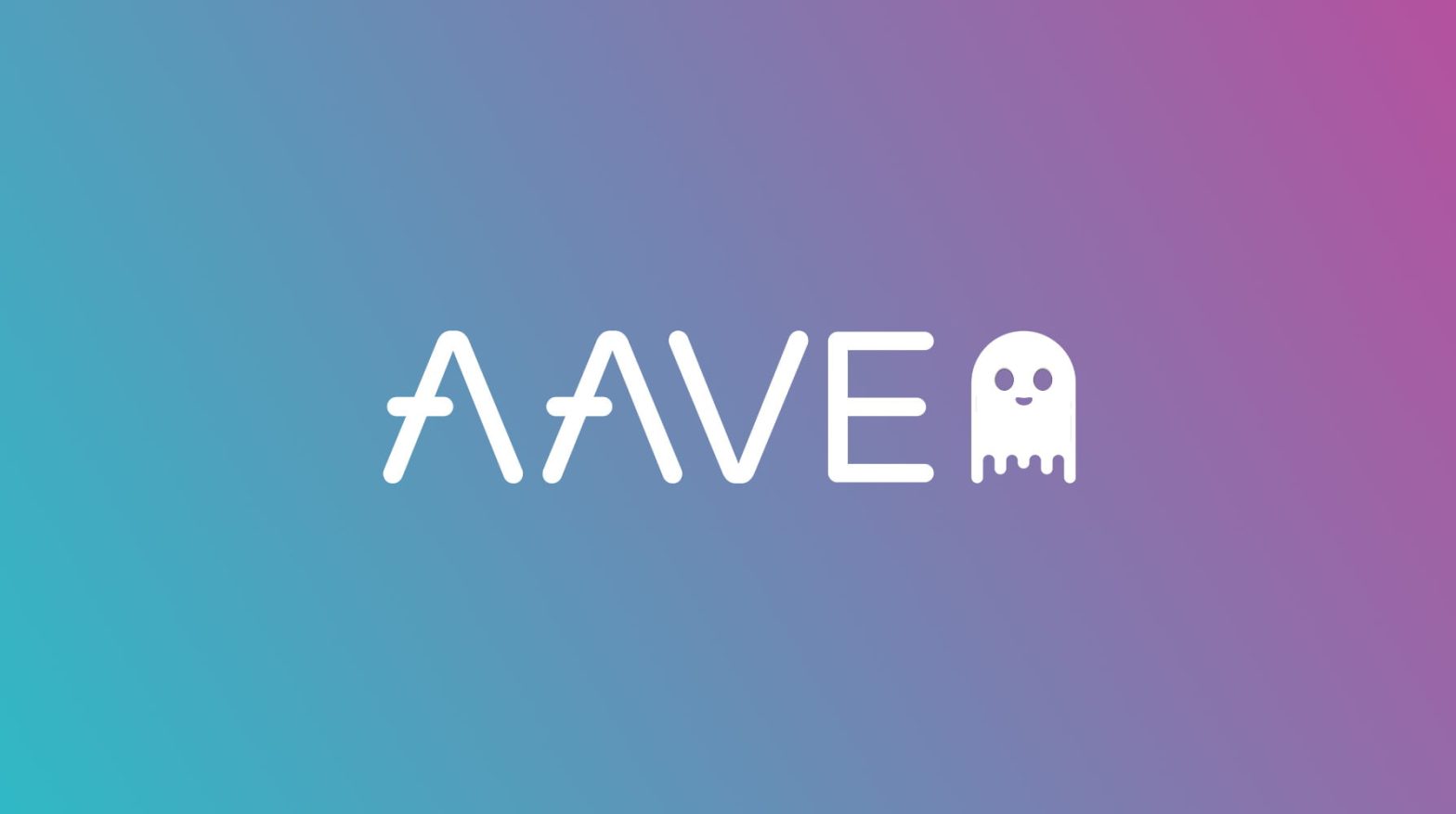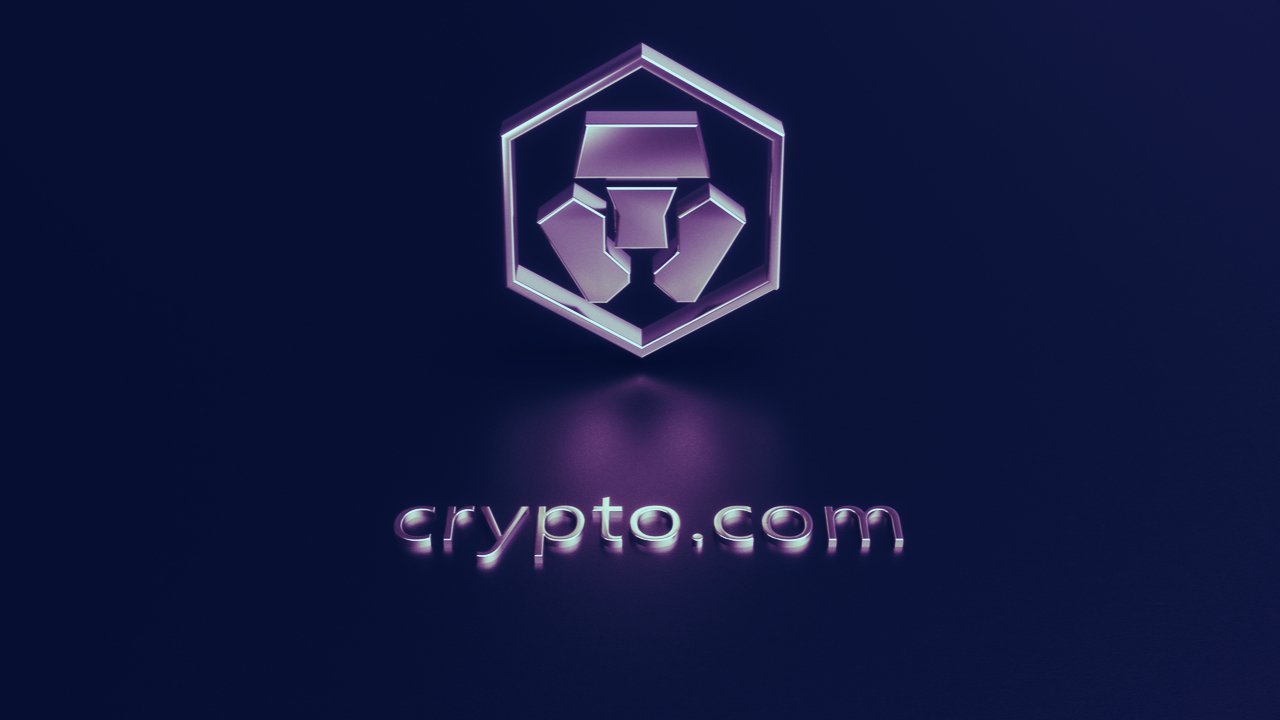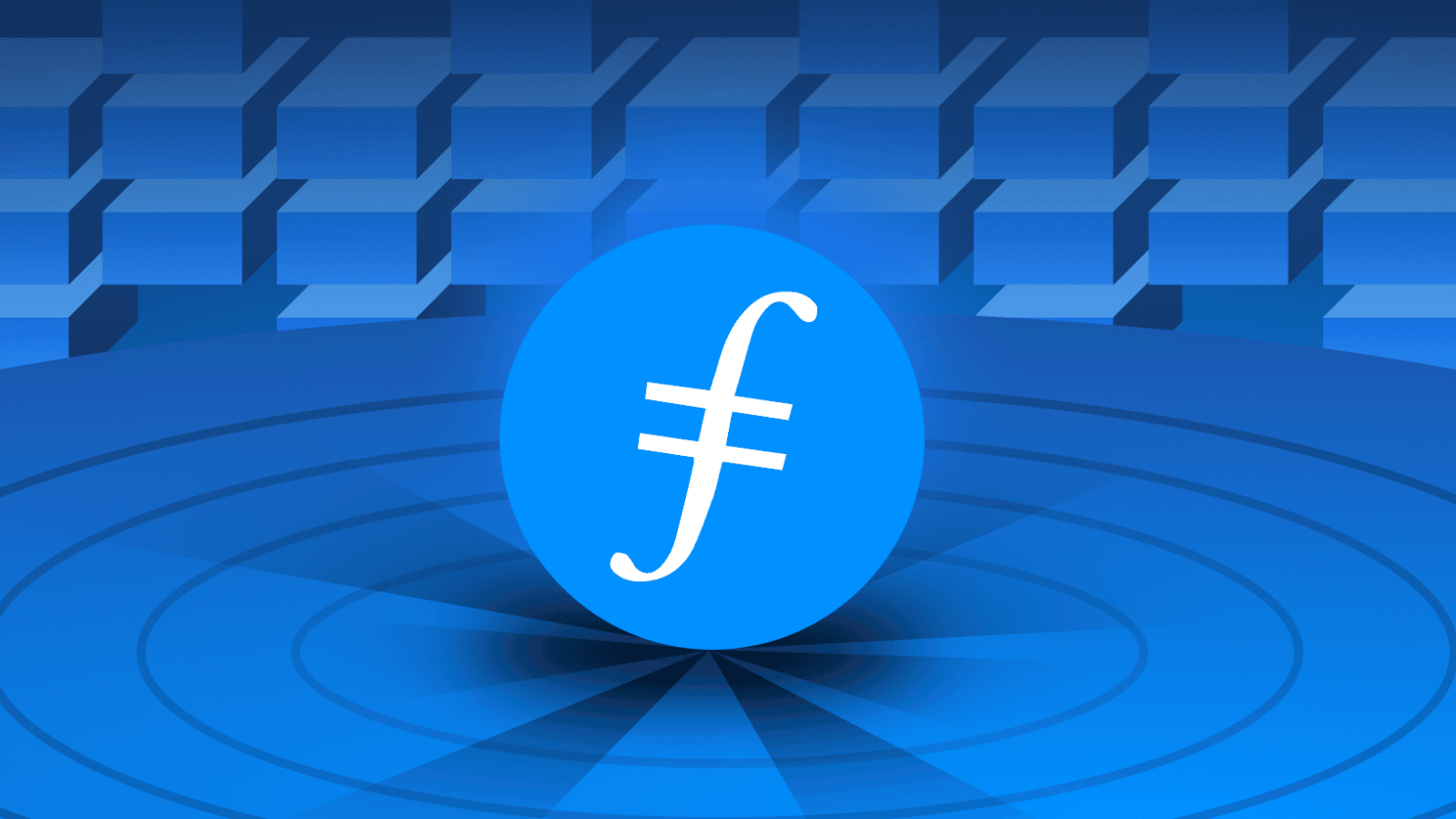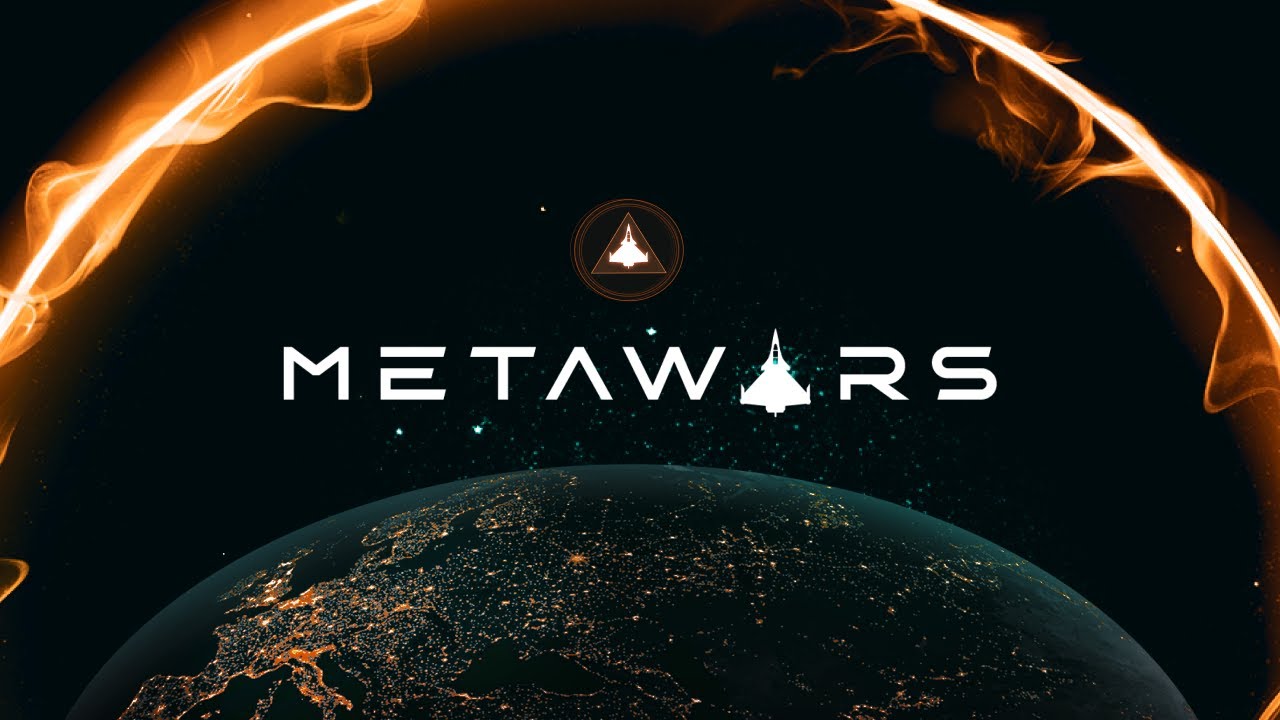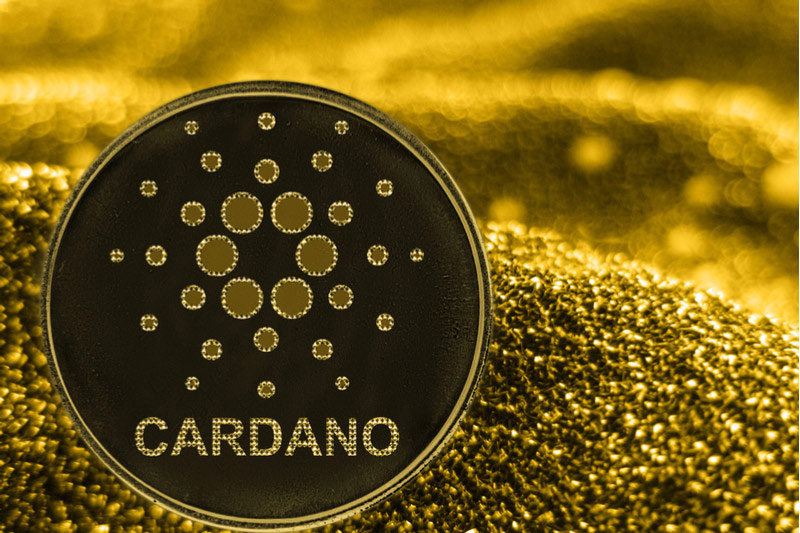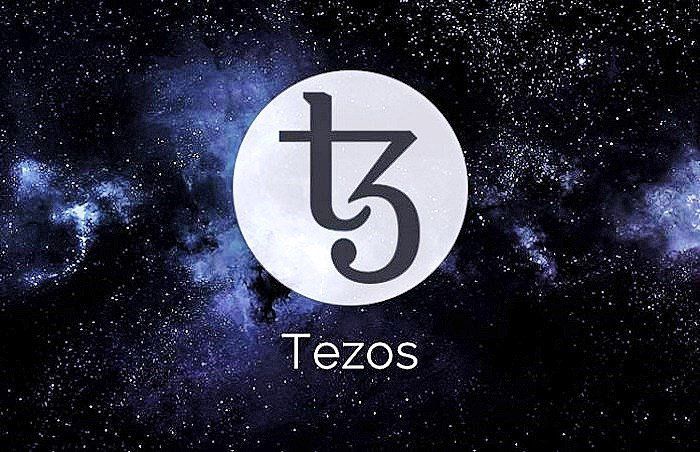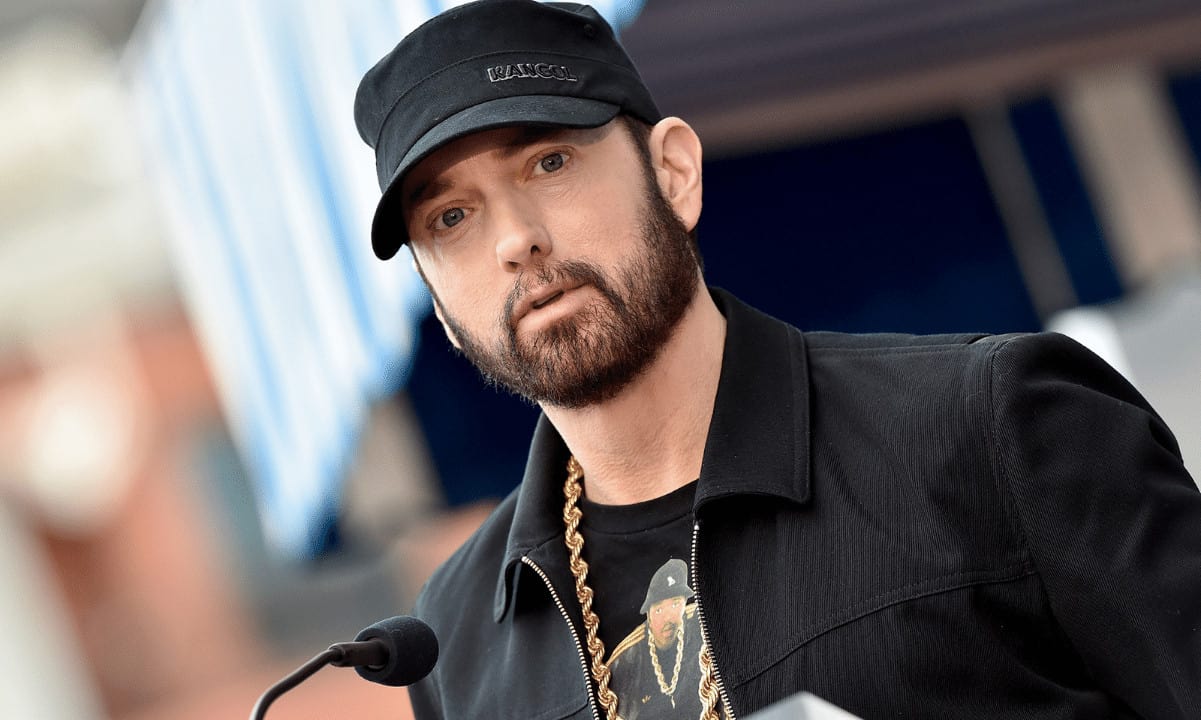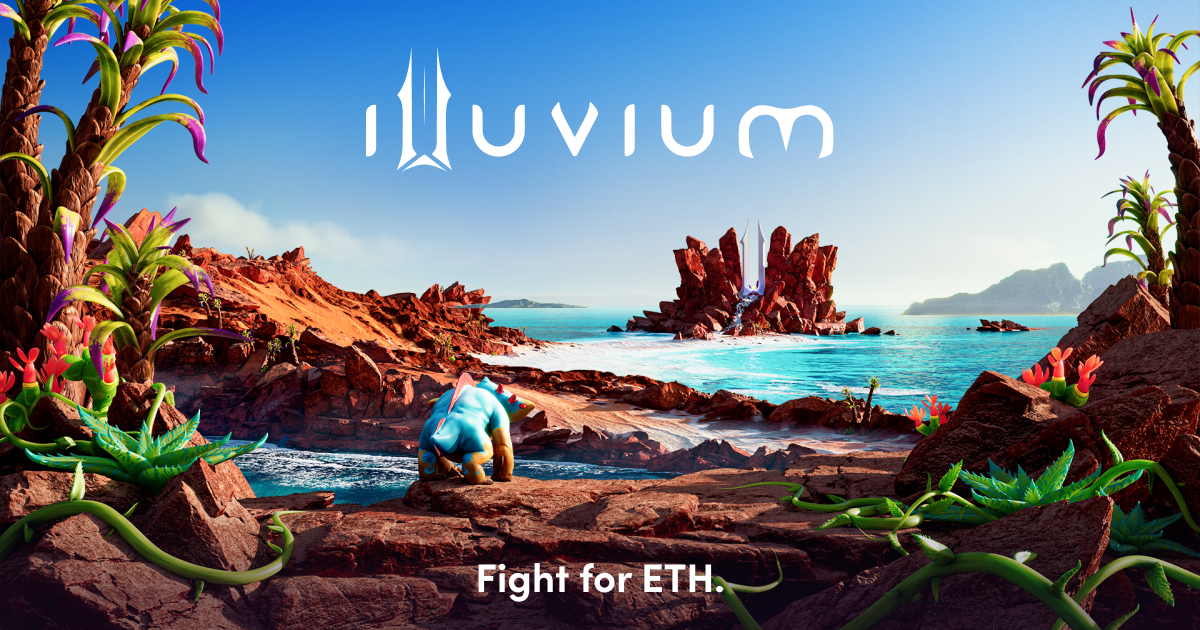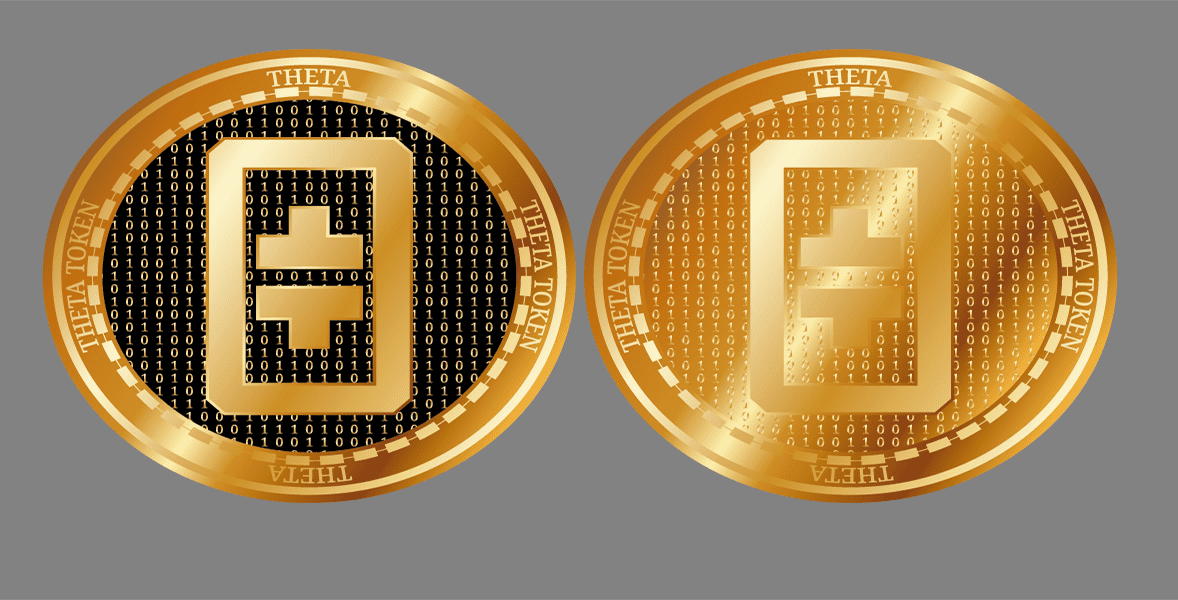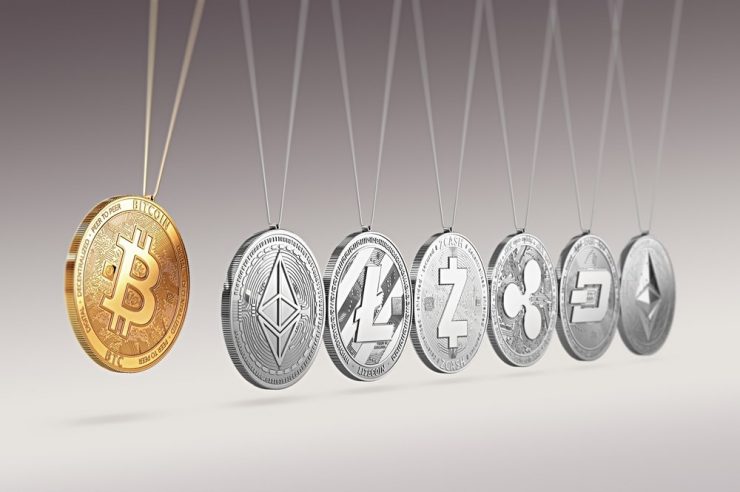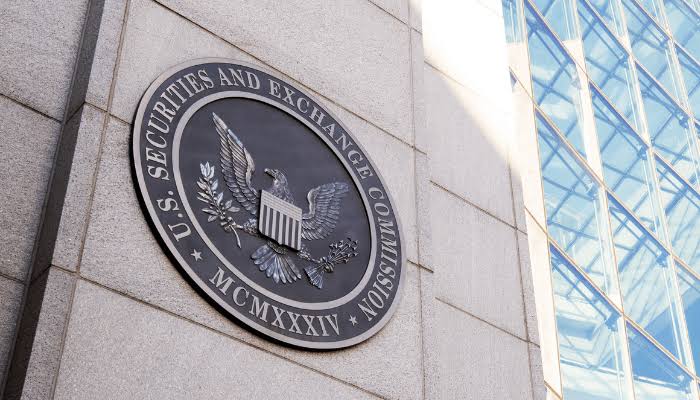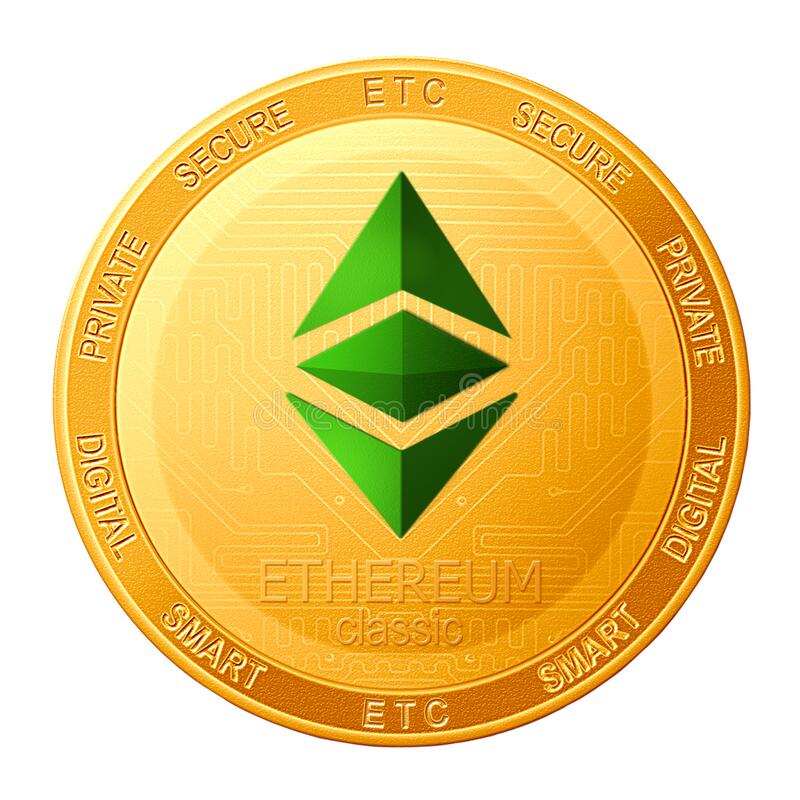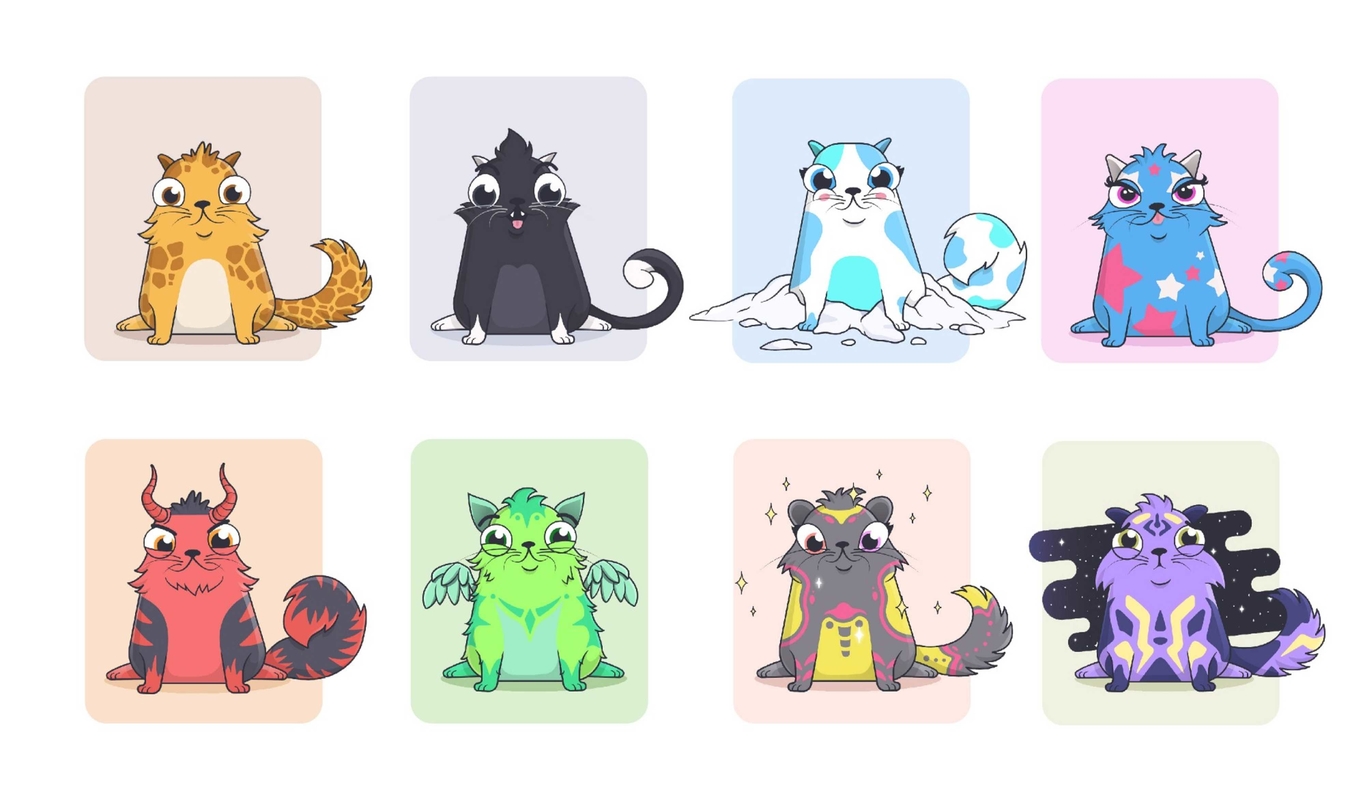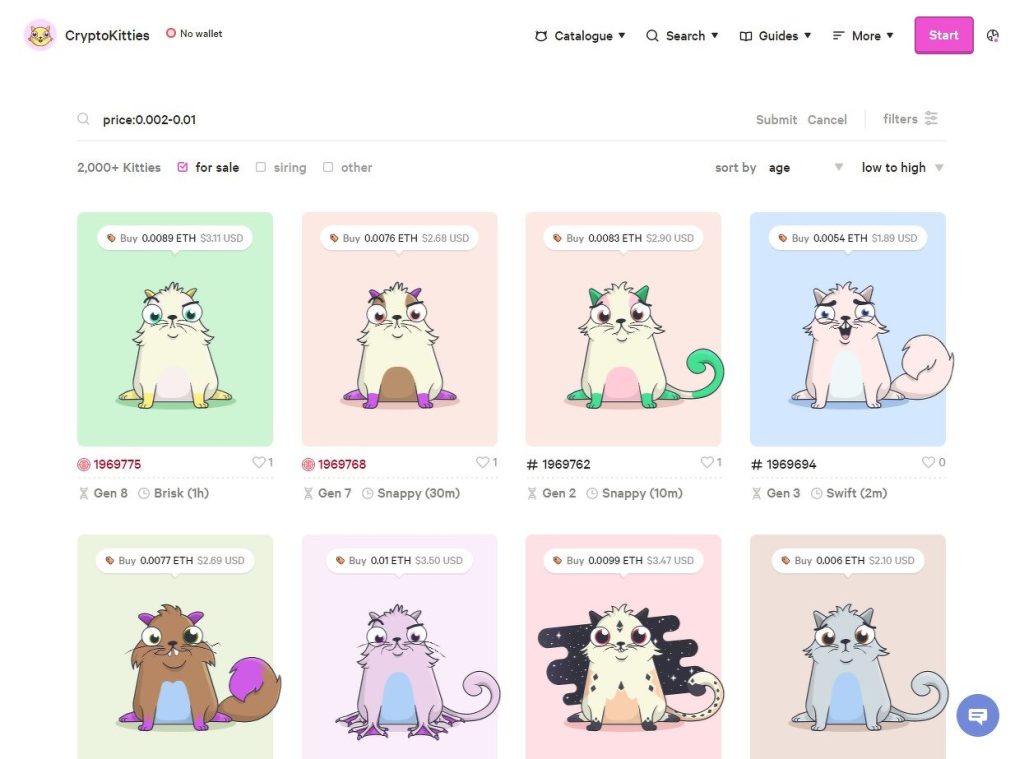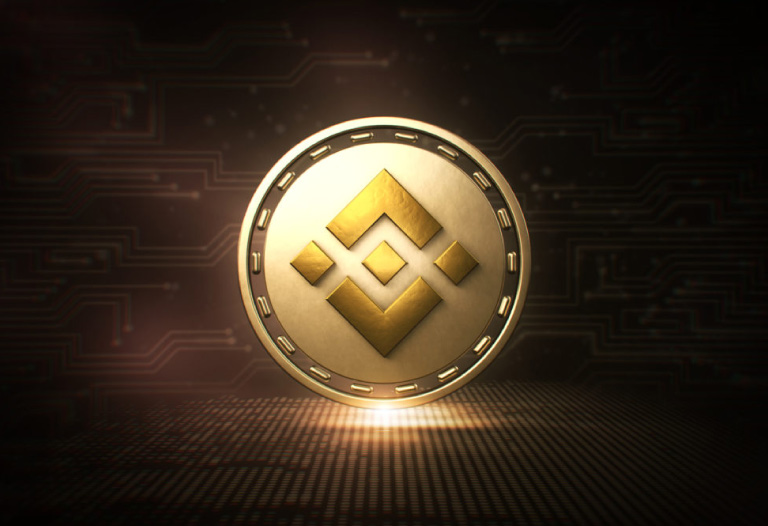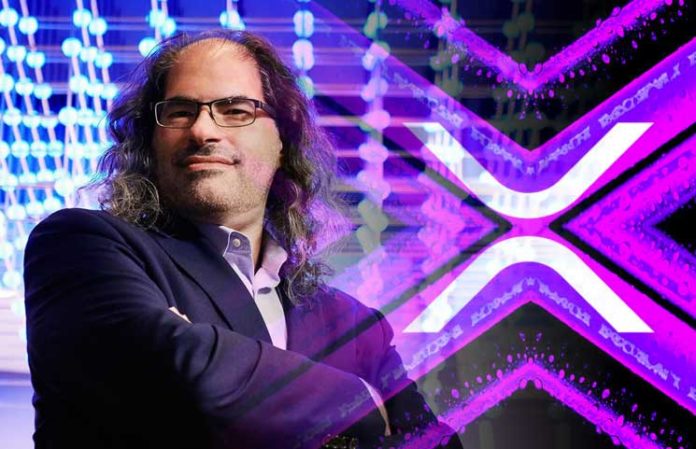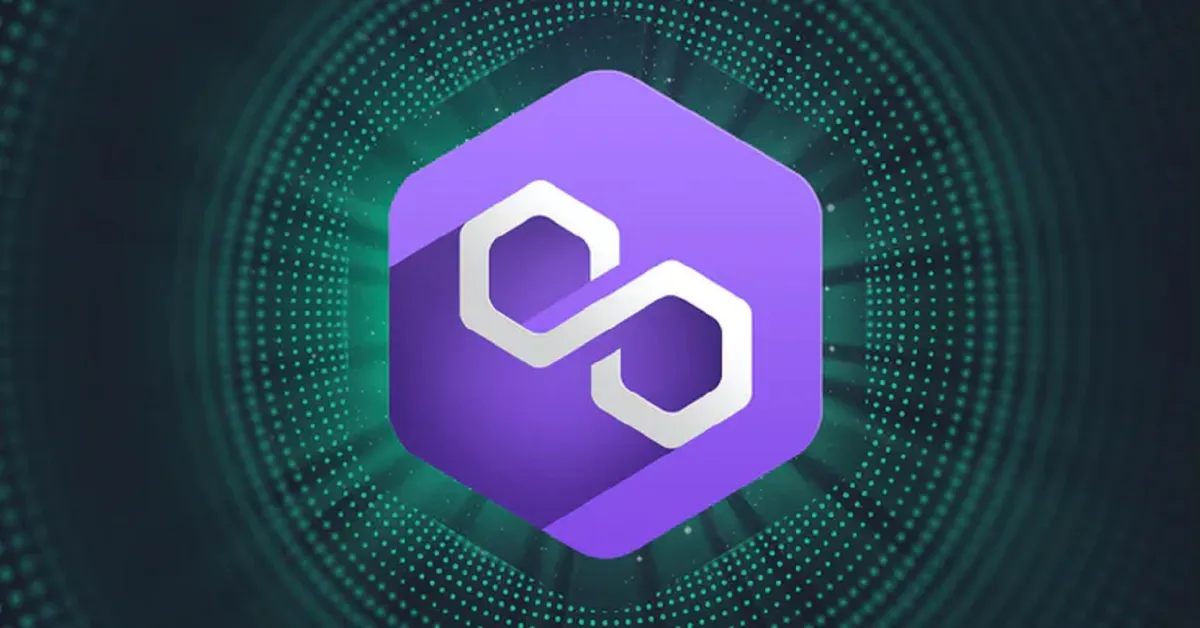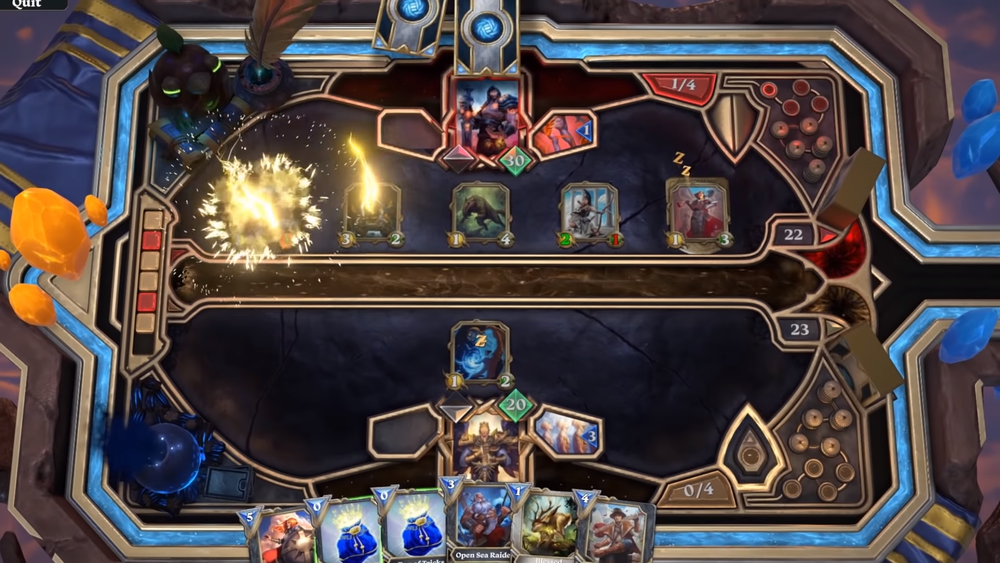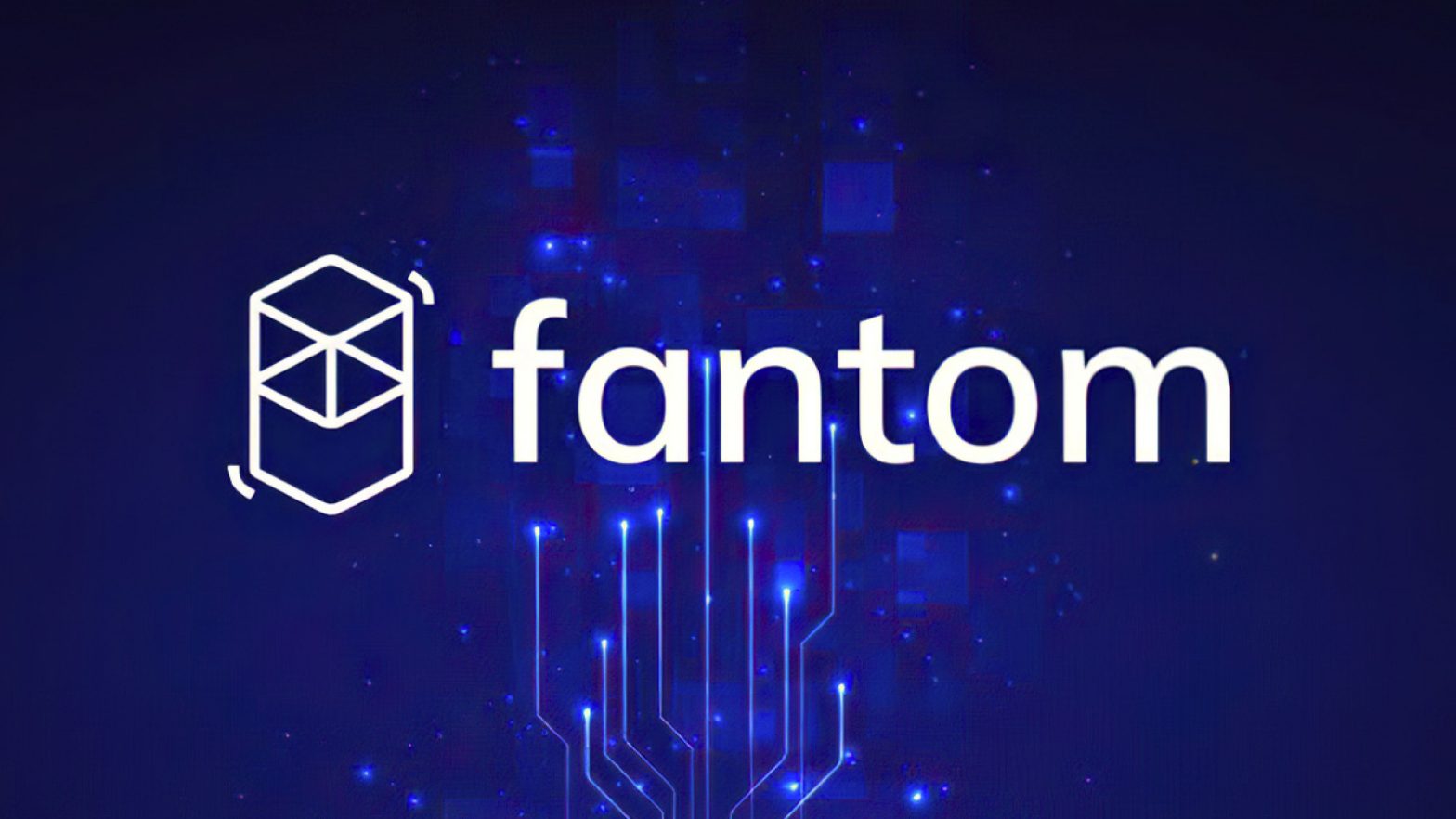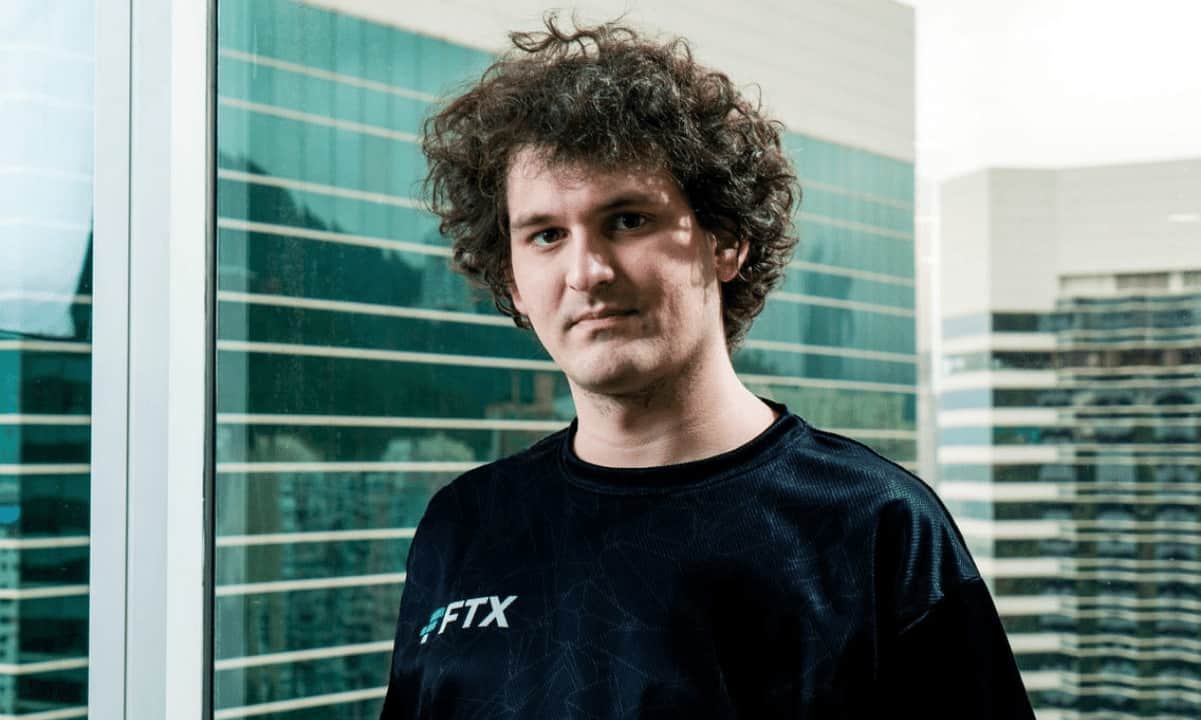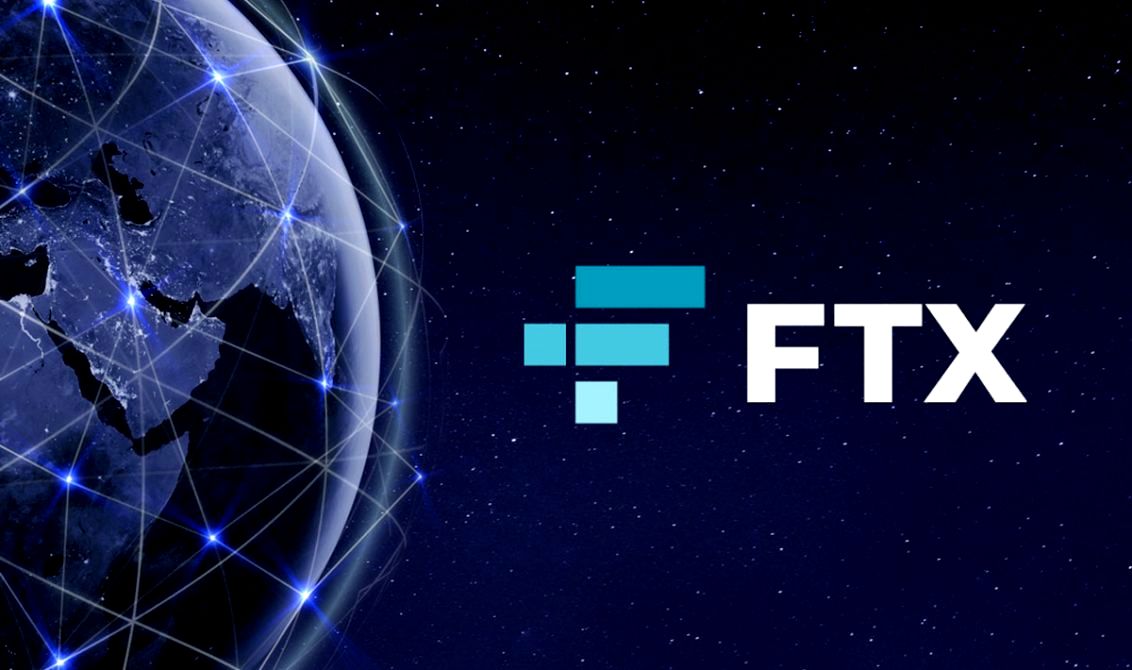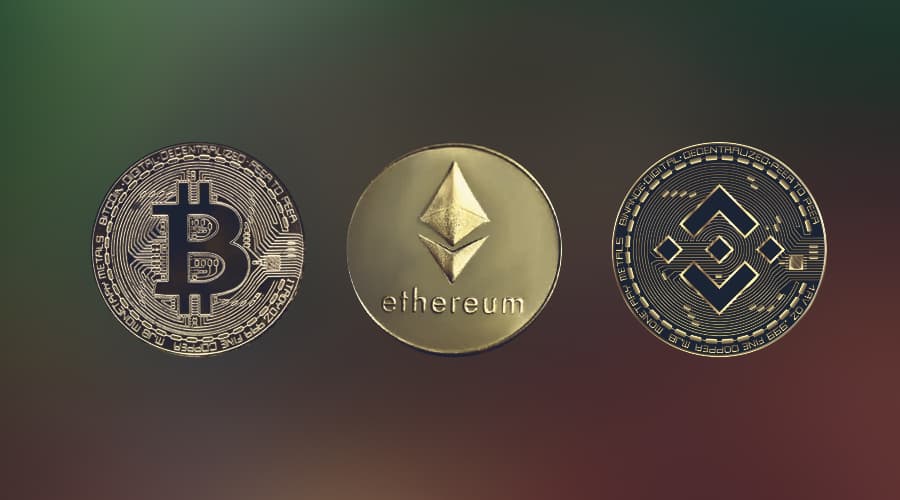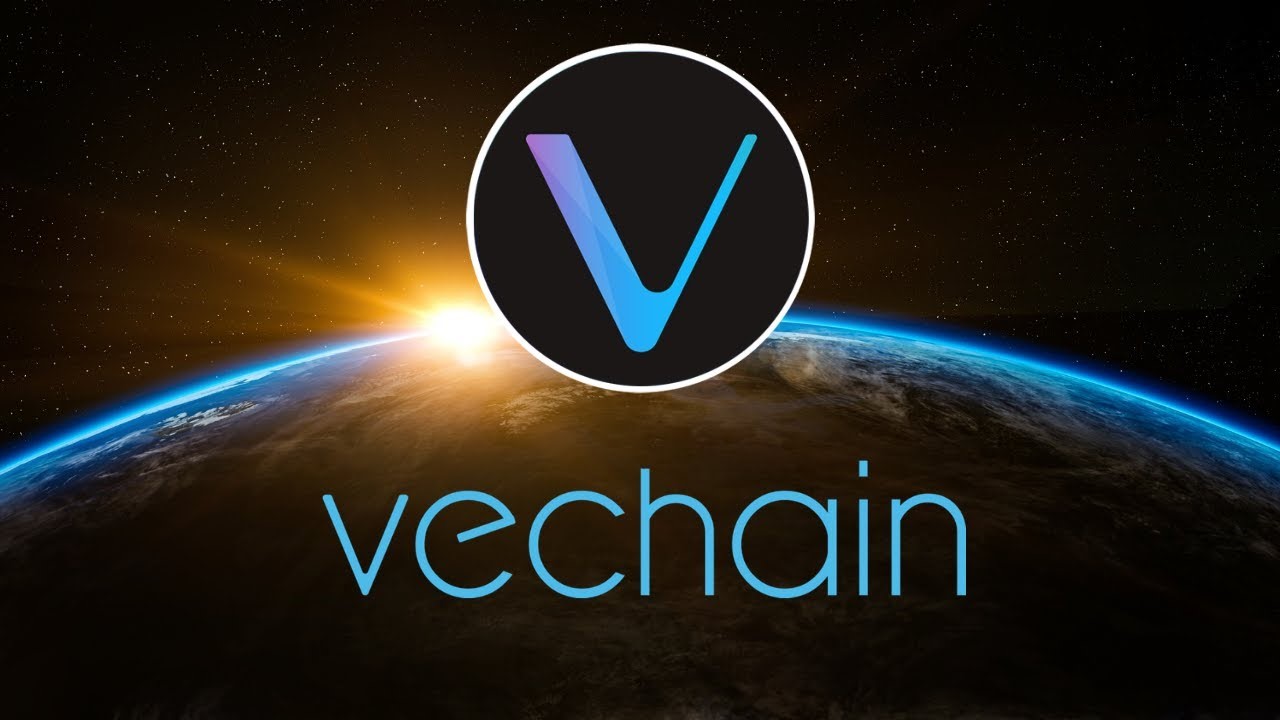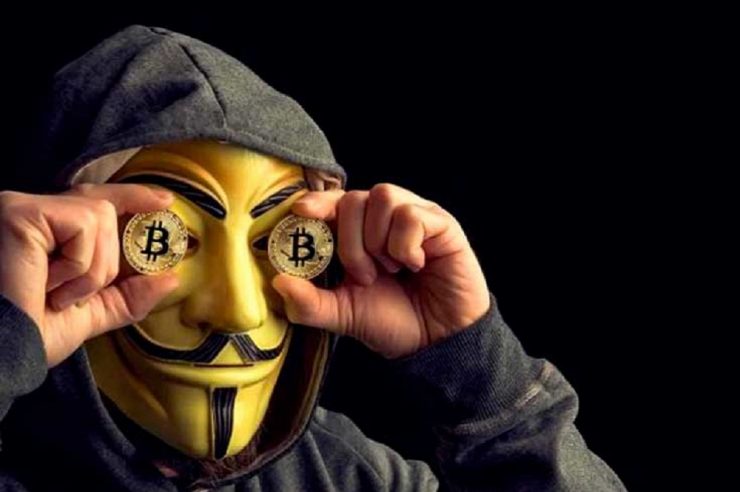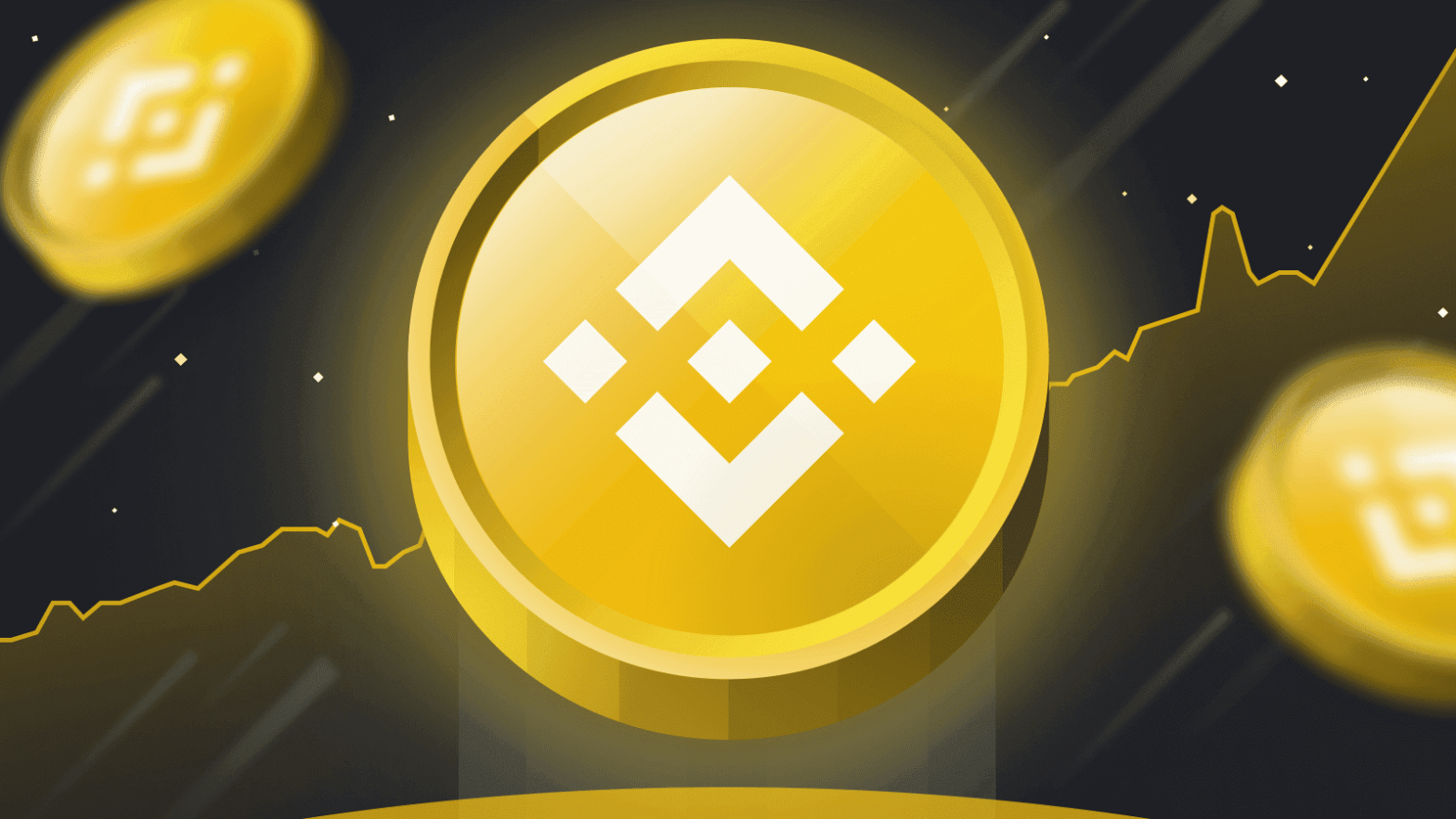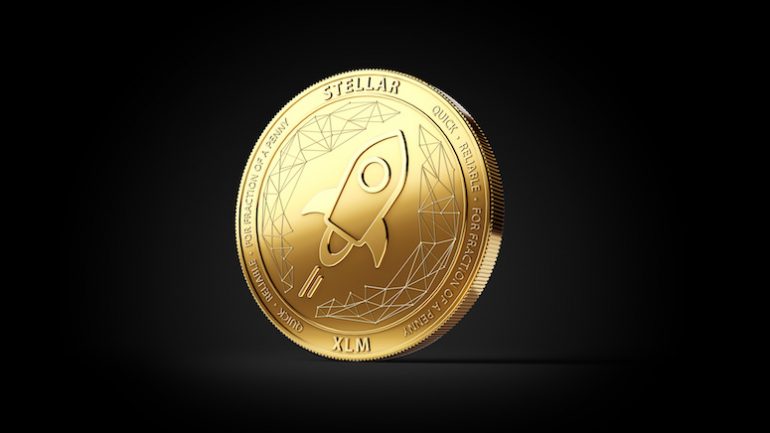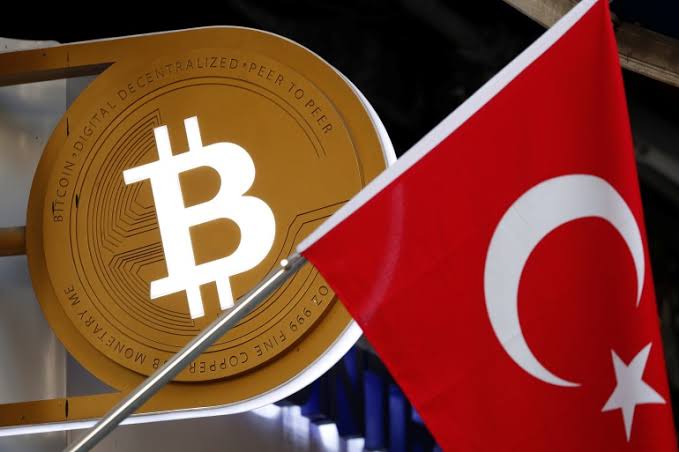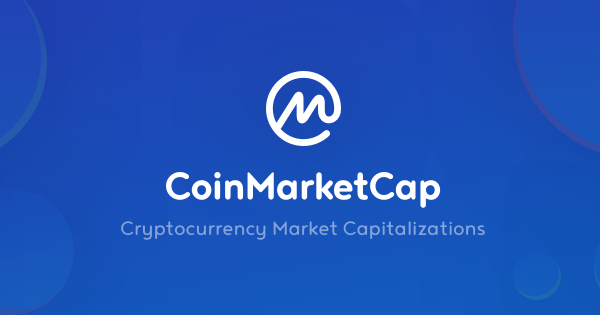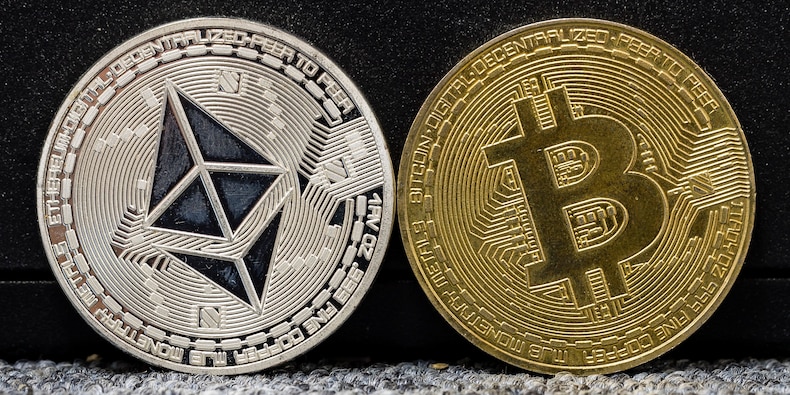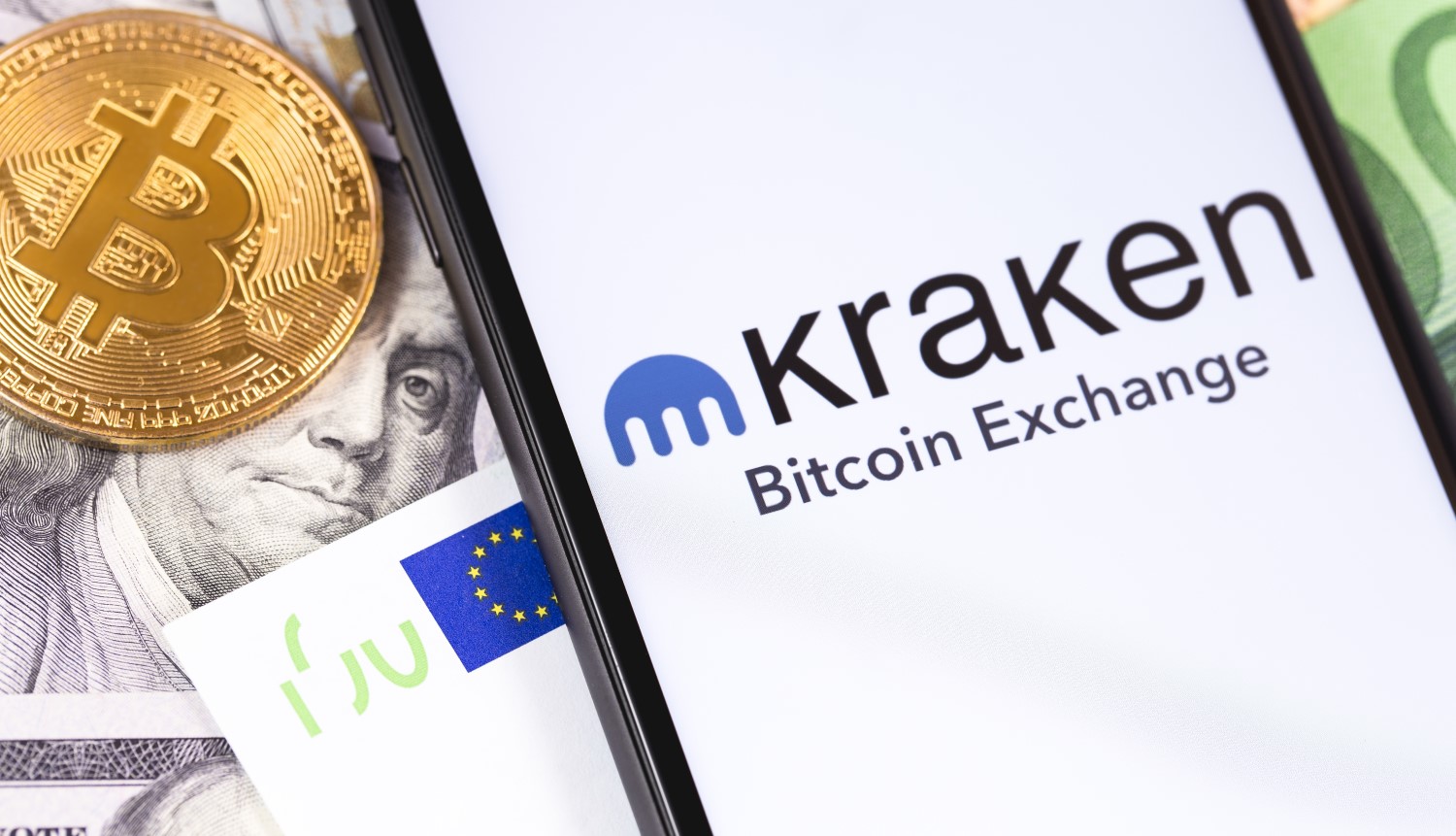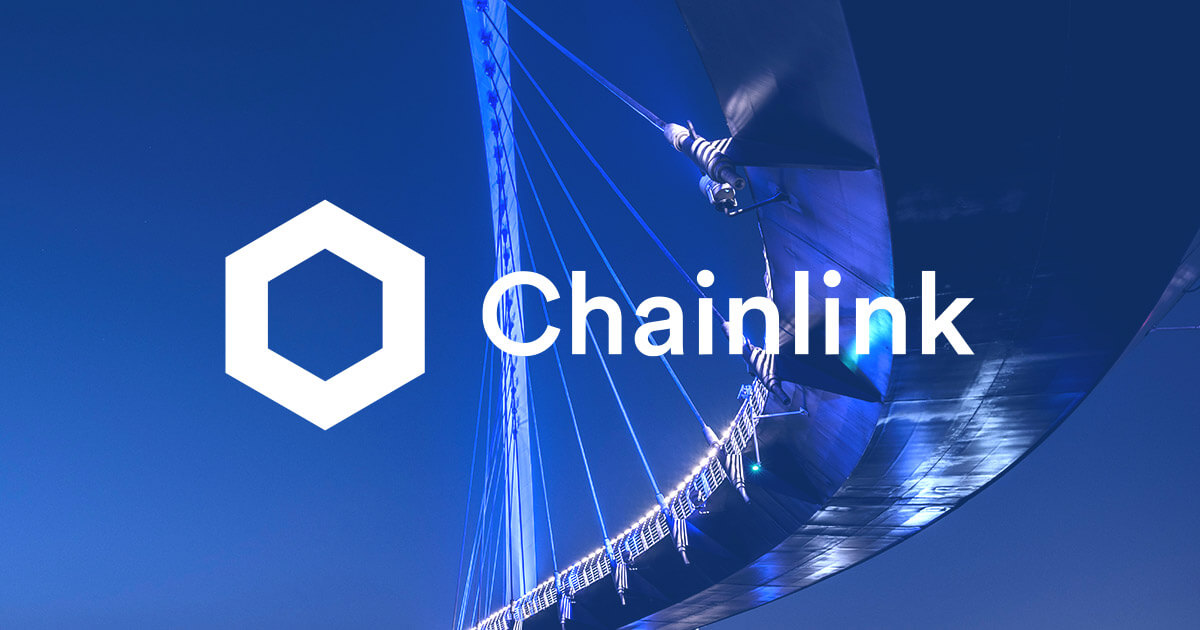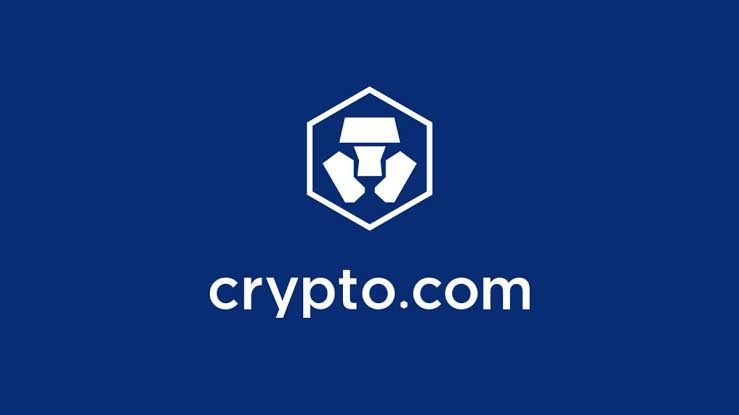For its capacity to manage transactions in a decentralized and distributed ledger, blockchain has received a lot of traction.
Bitcoin was the first blockchain program to complete transactions without the use of a central authority. Despite the fact that Bitcoin is transparent, completing a transaction takes more than an hour. As a result, transactions on the blockchain network consume a significant amount of your time. The challenges that blockchain couldn’t solve led to the development of a new technology known as “Hedera Hashgraph.”
Hedera Hashgraph has the potential to dominate blockchain development. Continue reading to find out why.
What is Hedera?
Hedera is a public distributed ledger and governing body founded in 2018 by Leemon Baird, Mance Harmon, and Zenobia Godschalk. It was created from the ground up to accommodate new and existing web-scale applications. It incorporates distributed ledger technology into its products to embed computational trust, allowing enterprises and individuals who may not know or trust each other to interact rapidly and affordably. The public distributed ledgers assist in the creation and exchange of value, the verification and authentication of critical data, the proof of identity, and other tasks.
Hedera Hashgraph, based in Richardson, Texas, has raised a total of $125 million in funding over seven rounds. Boeing HorizonX Ventures, Tata Communications, BlacTower Capital, and Vestinwolf Alternatives are among the 19 investors who have put money into the company.
Hedera Hashgraph’s CEO and co-founder is Mance Harmon. With over 20 years of strategic leadership experience in global organizations, government agencies, and high-tech startups, he is an accomplished technology executive and entrepreneur. The Hedera public network was based on the hashgraph distributed consensus algorithm by Dr. Leemon Baird, co-founder and chief scientist of Hedera Hashgraph. Hedera Hashgraph has the advantage of not requiring a computationally intensive proof of work.
How it Works
The biggest distinguishing feature of Hedera Hashgraph is its hashgraph data structure for grouping transactions, which claims to execute more transactions more cheaply than existing blockchains.
The Hashgraph is a patented technique that was originally created for private usage, in which all nodes constantly communicate their information with one other.
The Hedera Hashgraph is the first public network implementation of the algorithm.
Hashgraph Consensus Service
Hedera Hashgraph employs the Hashgraph consensus method, which is powered by two types of nodes, to ensure that all computers in its distributed network agree on its transaction history.
Mirror nodes communicate this information to other stakeholders throughout the network, while consensus nodes determine transaction sequencing and history.
The Hedera model ensures that transactions will not be undone later by employing a small number of nodes to establish its history. This is in contrast to how most traditional blockchains establish consensus, which is determined by users proposing blocks to be added to the chain in a market competition open to everybody.
As a result, Hedera Hashgraph claims to incorporate the benefits of both public and private blockchain networks in its features.
Hedera Governance
The Hedera Hashgraph is governed by the Hedera Governing Council, which is in charge of the consensus nodes that determine transaction ordering.
The council will have 39 members by 2020, including Google, IBM, and Boeing. The network’s legal standing in various jurisdictions is safeguarded by the council, which manages the software, votes on improvements, ensures money are allocated correctly, and manages the network’s legal status.
It’s worth noting that the council has a limited number of seats. Each member can serve for a maximum of two three-year terms in a row. Members have an equal vote on network and platform decisions throughout this period.
While members of the Governing Council now manage mainnet nodes, the Hedera team plans to offer it up to anybody who wants to operate nodes in the future.
What the Future Holds
The company launched the Hedera Token Service on the Hedera mainnet in February 2021, allowing anyone to generate tokens on the network. More than 60 early ecosystem partners had joined Hedera at the time of launch, and they had integrated, were in the process of integrating, or were exploring the Hedera Token Service to help applications issue tokens across the supply chain, DeFi, payments, energy, and more.
The cost of transferring tokens using HTS is only $0.001. On Hedera, there are now a large number of projects developing tokens. This project is expected to be completed within the next few months, according to estimates. Simultaneously, the Hedera Hashgraph mainnet is projected to get a considerable number of updates in the next months.
According to Hedera’s future roadmap, measures have been made to reduce the amount of network downtime while maintenance is undertaken (unlike decentralized coins that work constantly even while being upgraded).
In addition, the Hedera network will implement a feature called scheduled transactions. It is a method by which a person can specify a future time for a transaction to take place. This can also be used when a transaction needs to be signed by a certain number of people before being sent.
Conclusion
Hashgraph promises to provide everything needed to build apps that can grow to millions of users while still performing well. Hashgraph may be the next generation of blockchain technology, allowing developers to create applications with high speed, efficiency, and security.
LeewayHertz has a staff of highly skilled specialists with a thorough understanding of the developing Hedera Hashgraph technology. Using Hashgraph, we assist businesses in developing cutting-edge and secure apps.
